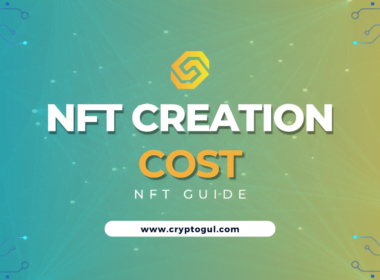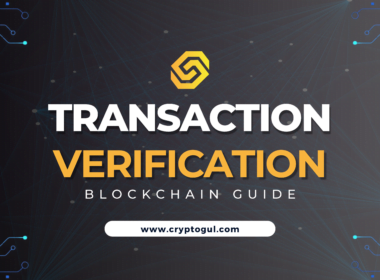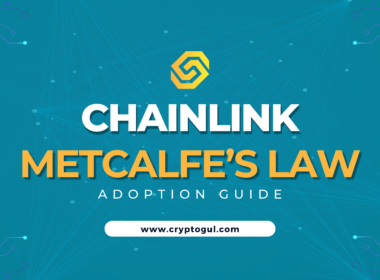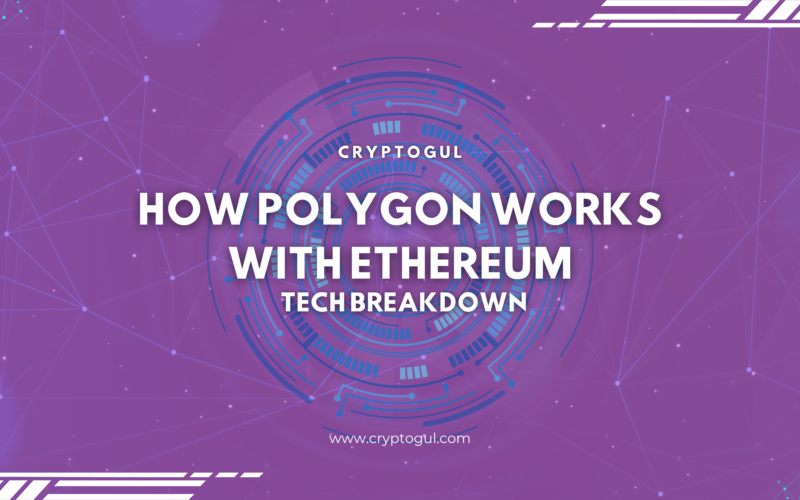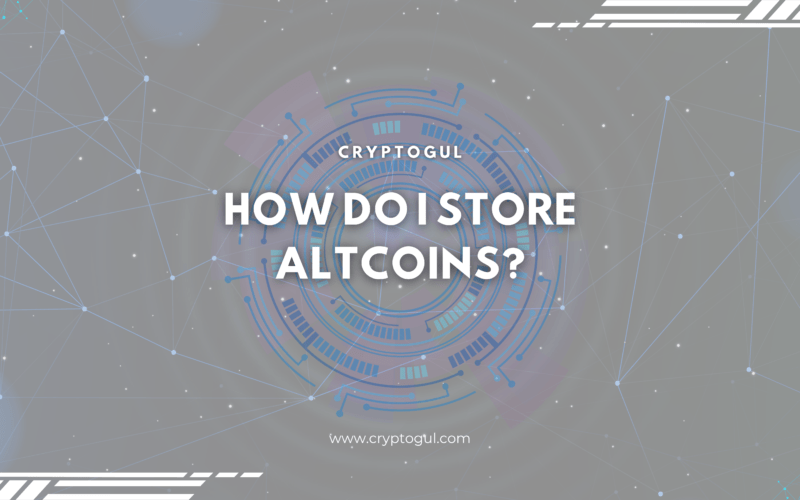So how does Polygon work with Ethereum?
In essence, Polygon works with Ethereum by processing transactions on its own network (Layer 2) before bundling them together to Ethereum’s main chain (Layer 1).
This approach alleviates congestion and reduces costs on Ethereum. In this article, we’ll delve deeper into how Polygon achieves this remarkable feat.
Understanding Layer 1 and Layer 2
Ethereum, the original blockchain, is known as Layer 1. It’s a self-sufficient platform but often struggles under heavy demand.
Think of Polygon like a ‘child chain’ relying on its ‘parent’ (Ethereum) for security and recording final transactions, but it handles most of the transaction processing on its own.
This symbiotic relationship allows for faster and cheaper transactions, alleviating Ethereum’s load.
The Blockchain Trilemma
At the heart of blockchain technology lies a trilemma – decentralization, scalability, and security.
Finding a balance between these three aspects is challenging. While Ethereum excels in security and decentralization, its scalability is limited.
Polygon steps in to enhance scalability without compromising the other two pillars, offering a more efficient transaction experience.
How Does Polygon Work With Ethereum
Polygon scales Ethereum by expanding the available block space.
In simple terms, Polygon creates extra space for transactions outside Ethereum’s main chain, allowing for more simultaneous transaction processing.
This extension significantly reduces the congestion and cost associated with Ethereum’s blockchain.
Different Approaches to Scaling
- State Channels: Off-chain pathways with an on-chain smart contract for asset deposits, operating independently of Ethereum but requiring higher trust.
- Plasma Chains: Periodically submit transaction summaries to Ethereum, balancing trust with efficiency.
- Rollups (Optimistic and ZK): Optimistic Rollups assume transactions are valid unless proven otherwise, while ZK Rollups use cryptographic proofs to validate transactions.
Polygon’s Diverse Solutions
- Polygon PoS: The original chain focusing on efficient consensus mechanisms and potentially evolving into a more secure zkEVM validium.
- Polygon zkEVM: Maintains compatibility with Ethereum, making it easy for developers to onboard while ensuring scalability and security.
- Polygon Miden: A ZK-centric design offering enhanced privacy and throughput, suitable for complex applications.
- Polygon CDK: An open-source toolkit for creating customized, interoperable ZK-powered L2 solutions.
Conclusion
Polygon’s innovative approaches provide a promising solution to Ethereum’s scalability challenge, offering a seamless, efficient, and cost-effective experience for users and developers.
So now that you understand how Polygon works with Ethereum, it helps give us a glimpse into the future of blockchain technology and its vast potential.
For more detailed insights, explore the Coinbase article on Polygon.


